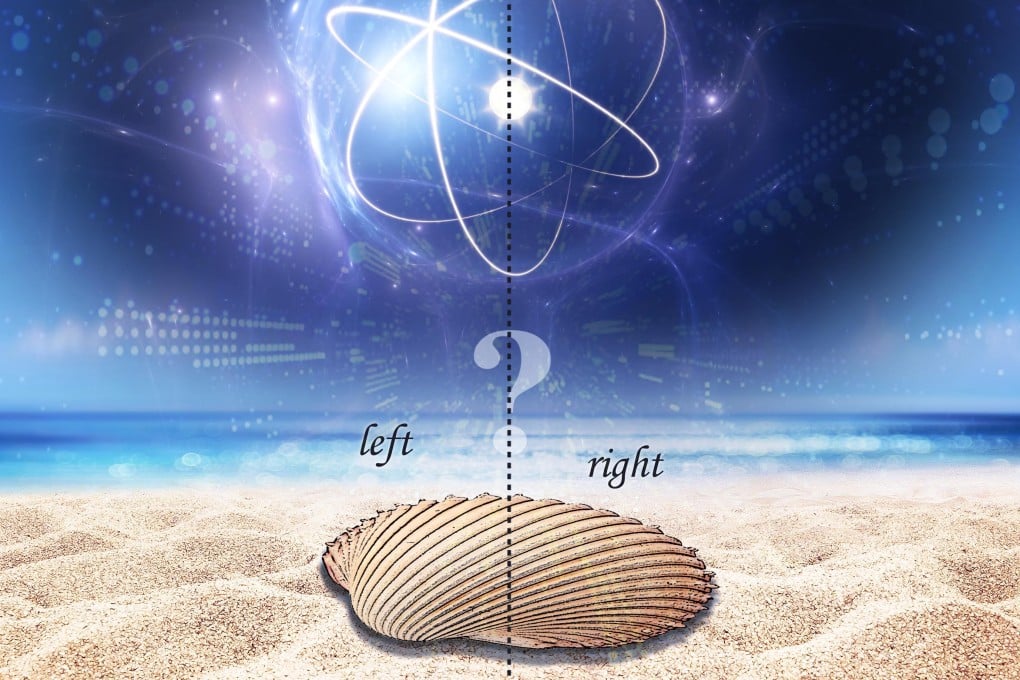Wilczek’s Multiverse | Parity at the beach: these shells make a clear distinction between left and right
Common seashells found on a morning stroll in Sanya offer a beautiful example of handedness – or parity violation

But Quantum Connections was much more than a collection of lecture courses. The students and lecturers shared the same hotel accommodation, ate meals together, and had many opportunities to interact at a human level. Over two weeks, we bonded into a little community. It was an opportunity for renewal and inspiration – especially welcome for those of us escaping colder, darker winter climates.
Every morning my wife Betsy Devine and I took a long walk along the seashore, waded in the gentle ebb and flow of ocean waves, watched the sun rise, and admired some of the prettier shells. And there, in the patterns of the shells, we got to see a beautiful example of handedness, or parity violation – a profound and fascinating feature of the world that has played a big role in the history of biology and physics and continues to inspire new questions.
Specifically, we noticed that a very common kind of conical seashell makes a clear distinction between left and right. (That is the meaning of “parity violation”.) The shells in question are cones whose walls are helical whorls of spiral ridges.
Looking at a few such shells, we noticed a subtle regularity: when you view a shell face-on, with the pointy tip at the bottom, the ridges go up as you scan from left to right. Intrigued, we went on to examine dozens of shells. All of them showed the same preference. We never saw the opposite pattern, with ridges going down from left to right. You might also notice that the openings on top, when exposed to view, are always on the left. Those two regularities are linked, because the snail excreting the shell, working from the bottom up, always maintains an escape hatch.
